International collaboration uncovers cryptic diversity in the enigmatic ant genus Overbeckia and its evolution within the Camponotini
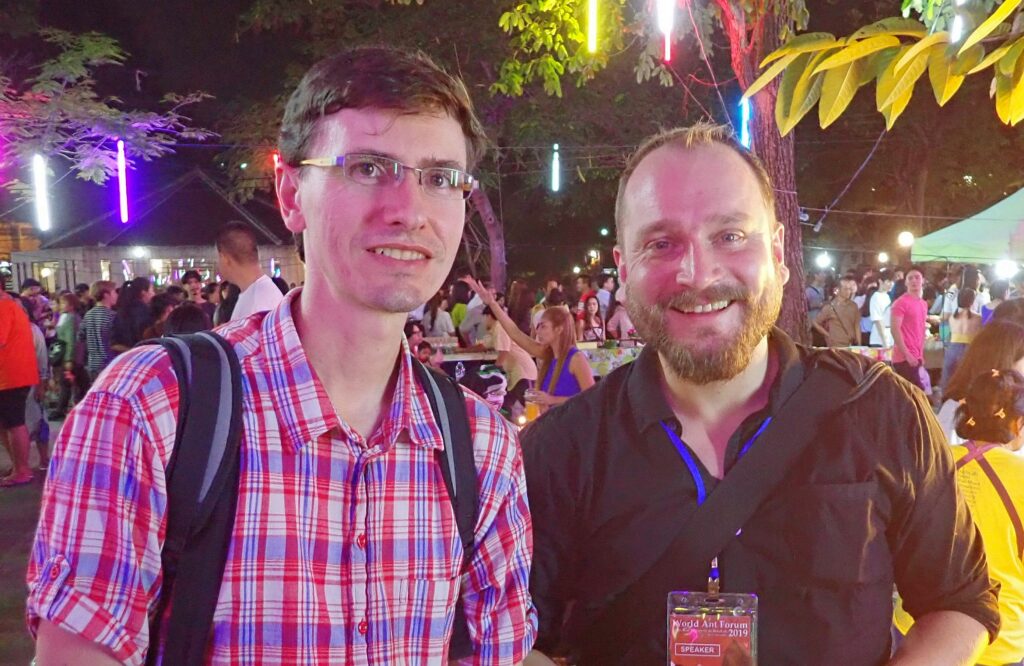
In the recent paper “Uncovering cryptic diversity in the enigmatic ant genus Overbeckia and insights into the phylogeny of Camponotini (Hymenoptera : Formicidae : Formicinae)” published in Invertebrate Systematics, Klimeš et al.* investigate the genus Overbeckia, and specifically its recent records in Australia, New Guinea, and Indonesia. They revise the taxonomic status of this genus including information on its ecology and distribution. They describe two new species, Overbeckia papuana sp. nov., and Overbeckia jambiensis, sp. nov., and transfer a Camponotus species to Colobopsis, yielding a detailed phylogenetic analysis of the tribe Camponotini. Here Petr Klimeš and Jochen Drescher share some pictures and highlight the main points.
* = Petr Klimeš, Jochen Drescher, Damayanti Buchori, Purnama Hidayat, Rizky Nazarreta C, Pavel Potocký A , Maling Rimandai D , Stefan Scheu, and Pável Matos-Maraví
An Interview compiled by Byonhoon Kang, Patrick Krapf, and Lina Pedraza
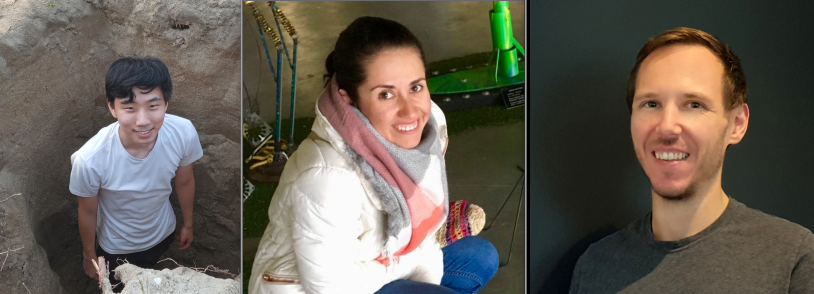
MNB: Could you tell us a bit about yourself?
PK: I head the Laboratory of Ecology and Evolution of Social Insects at the Biology Centre of the Czech Academy of Sciences. My group consists of myself and two senior research colleagues, as well as some postdocs and students, mainly working on ant diversity in different tropical regions (Papua New Guinea – PNG, Borneo, and Mexico). I myself am most interested in the community ecology of tropical canopy ants, which are rather poorly studied, but represent an important part of the ant fauna. I am using the rainforest of PNG as a study system. My students and I spent a lot of time in the adventurous land of PNG. In this country, our team works closely with local researchers, students and assistants (New Guinea Binatang Research Centre). This was key to the collaboration on the study here with Jochen, who is similarly working with Indonesian colleagues on his ant research.
JD: I am a postdoc at the Animal Ecology Department of the Georg-August University of Göttingen, Germany, where I work in the framework of the German-Indonesian Collaborative Research Project CRC990-EFForTS (EFForTS = Ecological and Socioeconomic Functions of Tropical Lowland Rainforest Transformation Systems, Drescher et al., 2016). This project investigates the conversion of rainforests into rubber and oil palm monocultures and its effects on the climate, people, and environment in Sumatra, Indonesia. My role in the project is to monitor aboveground arthropod biodiversity, and I thus work with many different arthropod groups in a community ecology context. Still, I have a special place in my heart for ants since I started working with ants in Borneo during my diploma and PhD theses.
MNB: Could you briefly outline the research you recently published in layman’s terms?
PK: In our article, we looked at the mysterious ant genus Overbeckia, which was first collected a hundred years ago by a German insect enthusiast, Hans Overbeck, at a single site in Singapore. Some recent findings and our canopy ant samples suggest that the genus – although very rare – is more diverse and widespread than previously thought. Using a massive collection from felled trees and fogging samples, we managed to describe two new species, one from Sumatra and one from PNG and Australia. Further, we found evidence using molecular data that this rare genus evolved as a sister lineage to Echinopla and Calomyrmex about 21 million years ago. We also present the most comprehensive “tree of life“ of the Camponotini (carpenter ants), probably the most species-rich ant tribe in the world. After decades of academic debate whether Overbeckia is just an unusual Camponotus species, we built up reliable evidence that Overbeckia is indeed a valid genus.
JD: Finding Overbeckia specimen in our samples was like finding a needle in a haystack. For example, in canopy fogging samples from Indonesia, only 19 Overbeckia individuals were found in more than 130,000 ants sampled. This was only possible due to the close and long-standing collaboration with our Indonesian counterparts and students as well as research assistants. The same is true for the work Petr does in PNG with his partners.
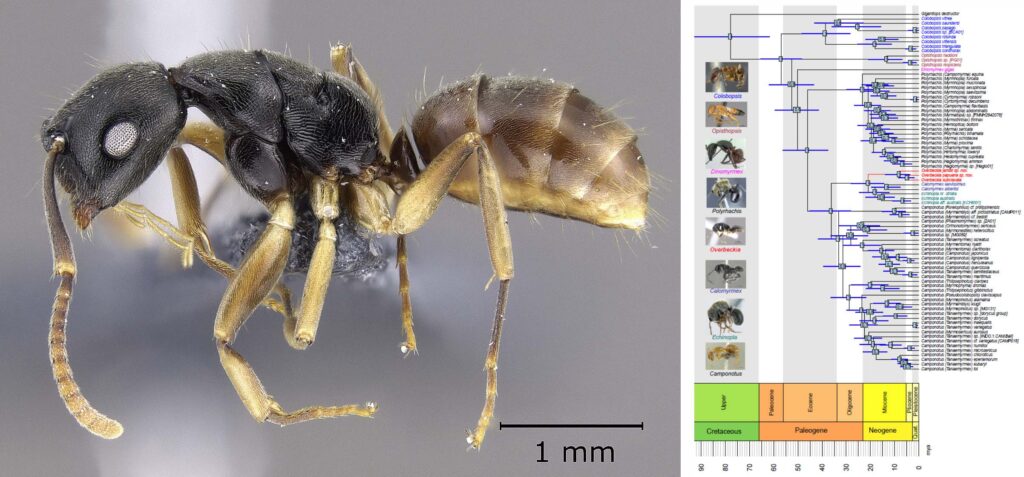
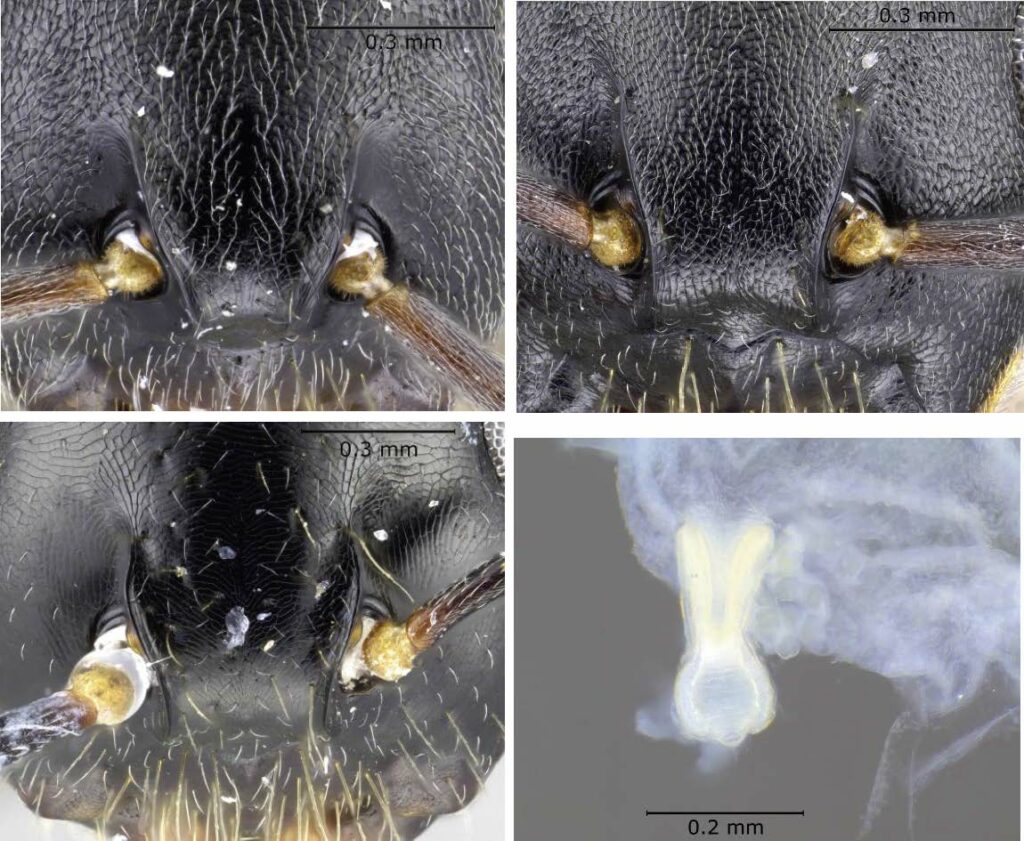
MNB: What is the take-home message of your work?
PK: The main message is that even a rare taxon sample within a large project can be interesting to science from many angles. It can link different disciplines, as we did here: phylogenetics, ecology and classical taxonomy. The greatest strength of science today is the ease of collaboration between researchers. We should not keep enigmatic specimens in freezers, but share them with others to promote multidisciplinary research. We should also encourage collaboration with local tropical researchers. They are often essential to such discoveries, but still lack the expertise and equipment to further their research. I think such broad-based collaborations only make science better and benefit all parties.
JD: I’d add that old and somewhat odd findings, such as Overbeck’s, should not be discarded just because they are rare. Instead, it should be used as motivation to look for all the biological evidence that’s missing so far. There are likely hundreds, if not thousands, of formally undescribed ant species in Southeast Asia. That also means that their species-specific biology, and their role in the environment, is largely, if not completely, unknown. I hope our study motivates other researchers to catalogue and describe novel ant species from the region. In that way, we get a much better and deeper understanding of the role that ants play in all the different tropical forest ecosystems.
MNB: What was your motivation for this study?
PK: My motivation was to do something with this strange ant, having known for so long that I had Overbeckia in my PhD thesis (previously misidentified as a Camponotus in 2014), thanks to the Antweb database. After seeing a study by Brian Heterick about the discovery of Overbeckia in Australia that looked like my specimens, and after meeting Jochen at the ANeT conference in Bangkok in 2019, where he showed me two more Overbeckia in his “Guide to the Ants of Jambi”, my motivation to do something about it flourished. I also enjoyed reading old papers on Overbeckia and the structures of stomach pumps in the ants, feeling like a scientific detective on the trail of old discoveries towards a novel story.
JD: My main motivation was to pursue every opportunity that arose to pair up with experienced scientists to formally describe any of the hundreds of unknown ant species in my collection from Sumatra. Therefore, I joined the last two ANet conferences, and where I met Petr again (meeting him for the first time in almost ten years since a conference we both attended as PhD students). Petr took me down the rabbit hole of not just a species description, but the unknown role of Overbeckia in the Camponotini phylogeny, and the rarity of the genus itself.
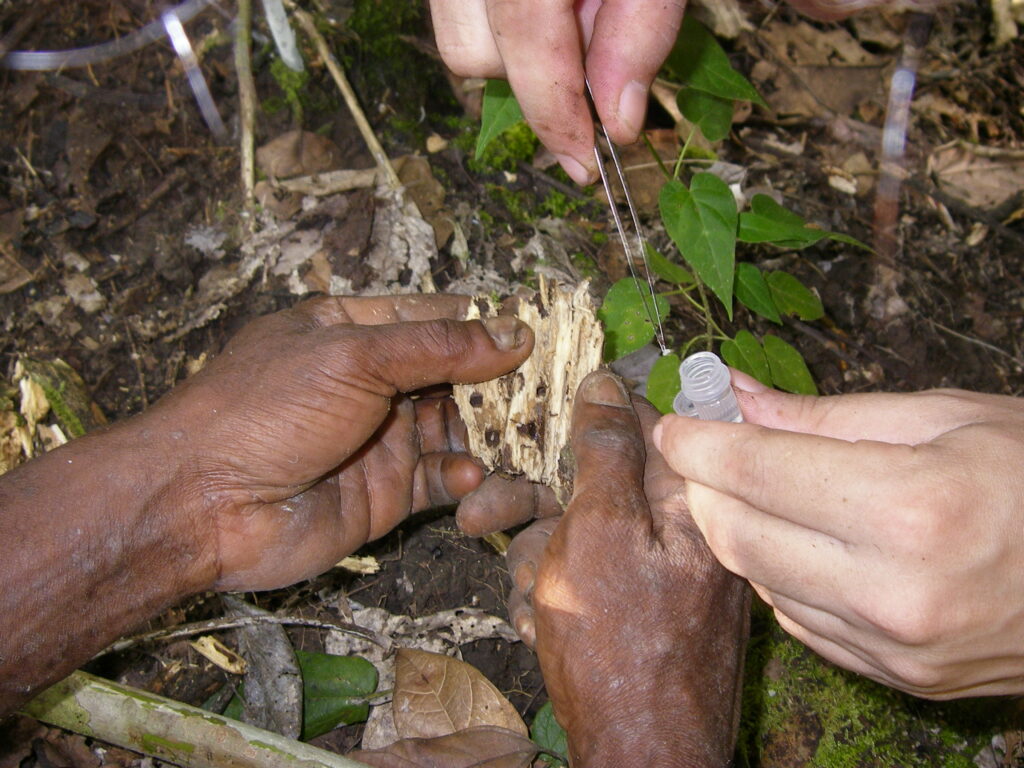
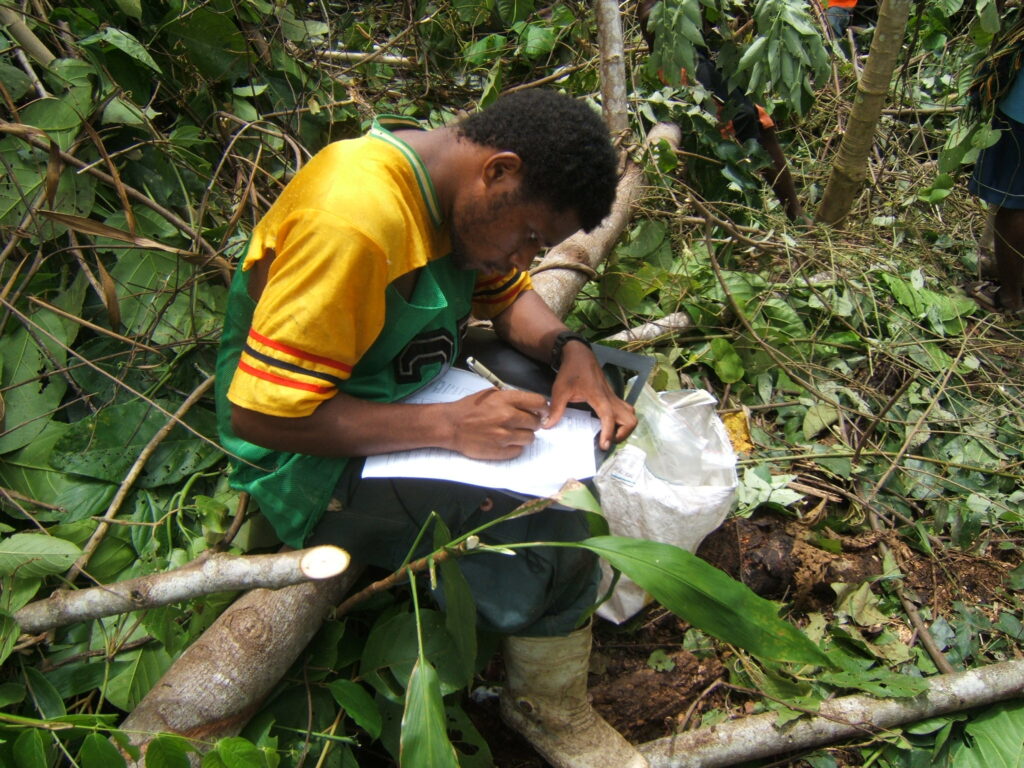
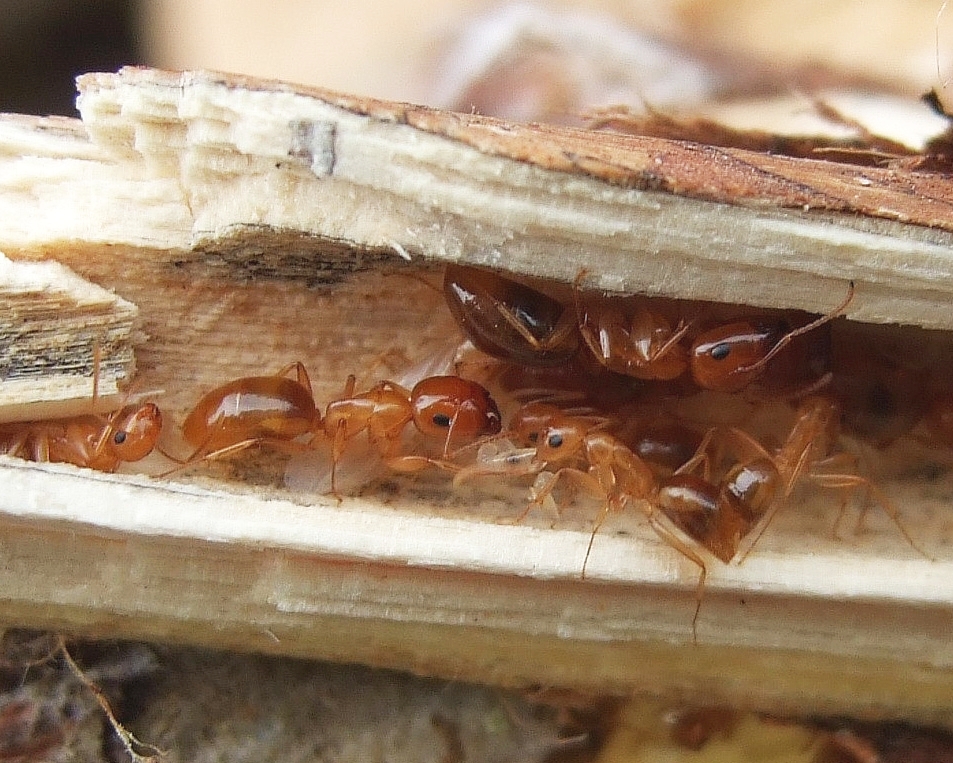
MNB: What was the biggest obstacle you had to overcome in this project?
PK: There were some, of course. You should not give up on writing a good paper, because a multidisciplinary paper is always more difficult and takes longer to write up than you might initially think compared to a single species description. I am not a taxonomist and not a molecular researcher by training, so the consultations with many colleagues and the important contribution of Dr Pável Matos-Maraví from our department for the phylogenetic analyses, were a great motivation. A big obstacle was also the finding that after measuring many morphological characters of Overbeckia, they looked all the same except for the curvature of the head carinae. As a colleague of mine likes to say, “the devil is in the detail”.
JD: For me, the biggest obstacle was the realization that even though we had found a novel Overbeckia species in our Indonesian samples, alongside Overbeckia subclavata, our identification to subclavata and nov. sp. was initially not consistent. As most of the samples were in Indonesia, a lot of paperwork and discussion ensued to get all the Overbeckia specimens to Göttingen University to be re-identified. The export was only possible due to the mutual trust that we were able to develop in the EFForTS project framework, and the dedication and support of our Indonesian colleagues Prof. D. Buchori and Dr. P. Hidayat from IPB University in Bogor, West Java.
MNB: Do you have any tips for others who are interested in doing related research?
PK: Do not hesitate to work together and share samples to get a great team of people on board. Also, to improve science, study both old and new techniques and literature, and try to combine them so that your story lasts, is conclusive, and motivates others.
JD: Teamwork is key to a successful paper like ours. Get to know and share ideas with scientists that do similar work. Join or plan a collaborative research project with scientists from the region you are interested to do science in, and develop trust and a mutually beneficial partnership. Then, invest some time and funding, and new discoveries await.
MNB: Where do you see the future for this particular field of ant research?
PK: As a tropical ecologist, it is still a mystery to me why a few species numerically dominate a community, while many other (rare) species make up the bulk of the diversity we actually see. Why is one species so widespread but another so locally restricted? And why are some species-poor lineages ecologically dominant (e.g. Dinomyrmex, Oecophylla), but others hardly ever seen – like Overbeckia? I think there is still a lot to understand on why communities are structured like that and how this matters for functioning of the ecosystem itself. This now leads my discipline to manipulative experiments from classic observational studies. However, I hope that our study has shown that even poor observations of collected rare materials are useful. After all, as ecologists we need to reliably identify our species before we can disentangle the mechanisms behind the communities.JD: In addition, I see that current ant descriptions, but also of other taxa, often have some form of molecular genetic component. Integrating the taxonomy of classical Linnéean elements with strong phylogenetic evidence, as we did in our study, will surely become more important in the future of ant taxonomy.
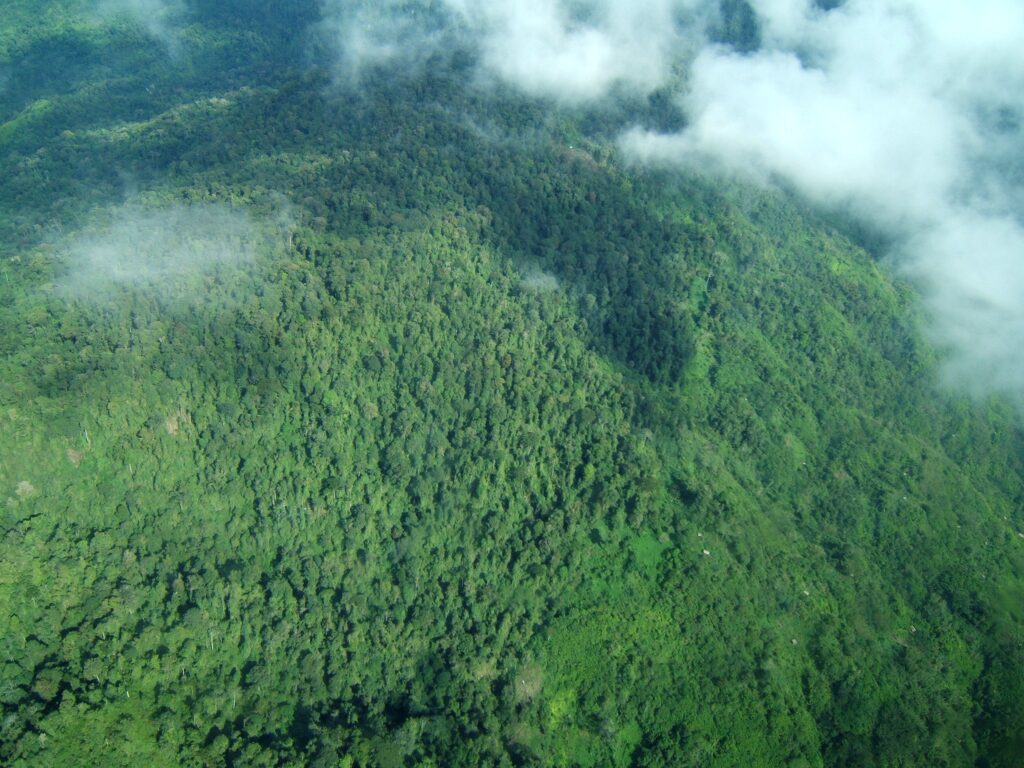
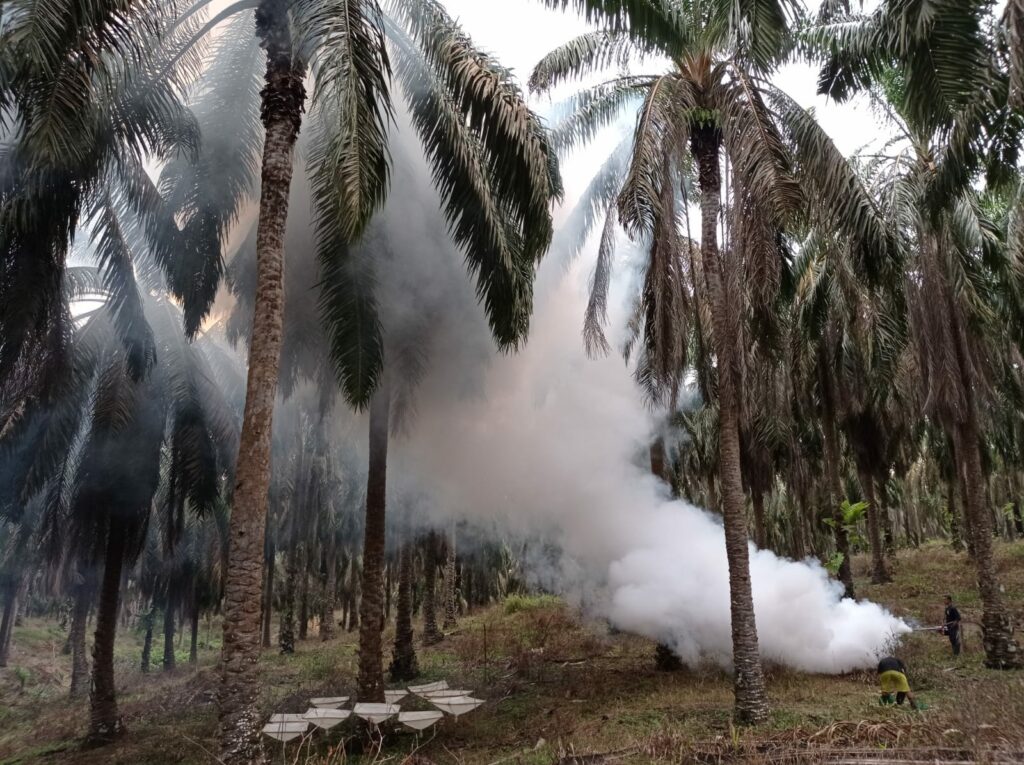
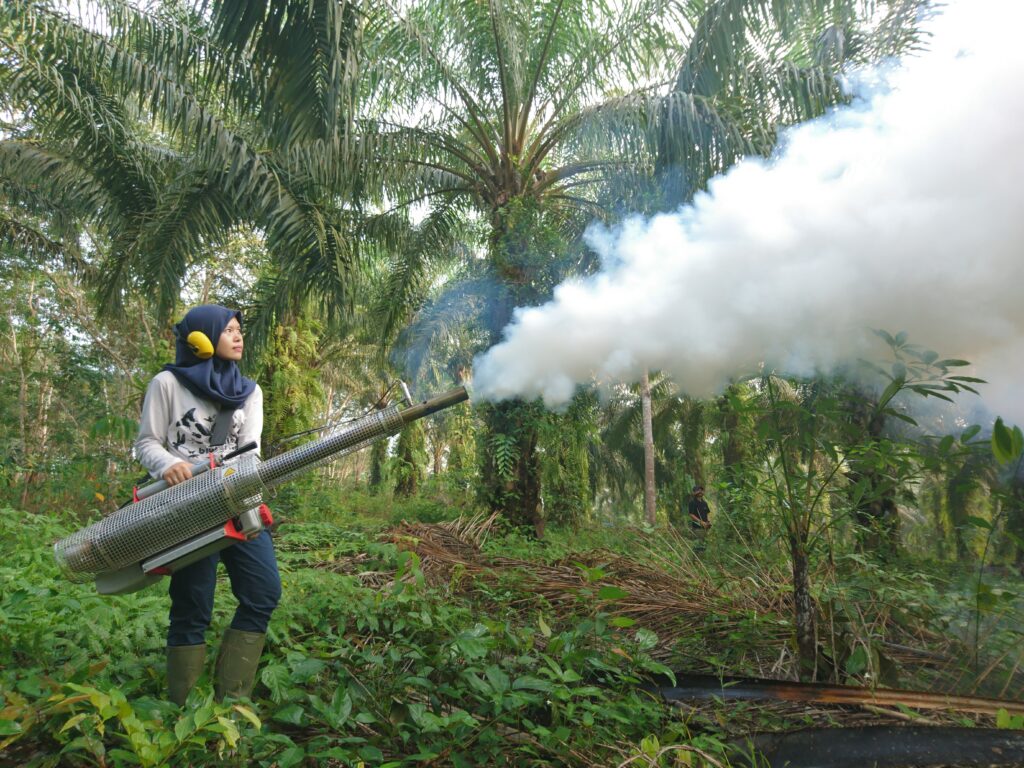
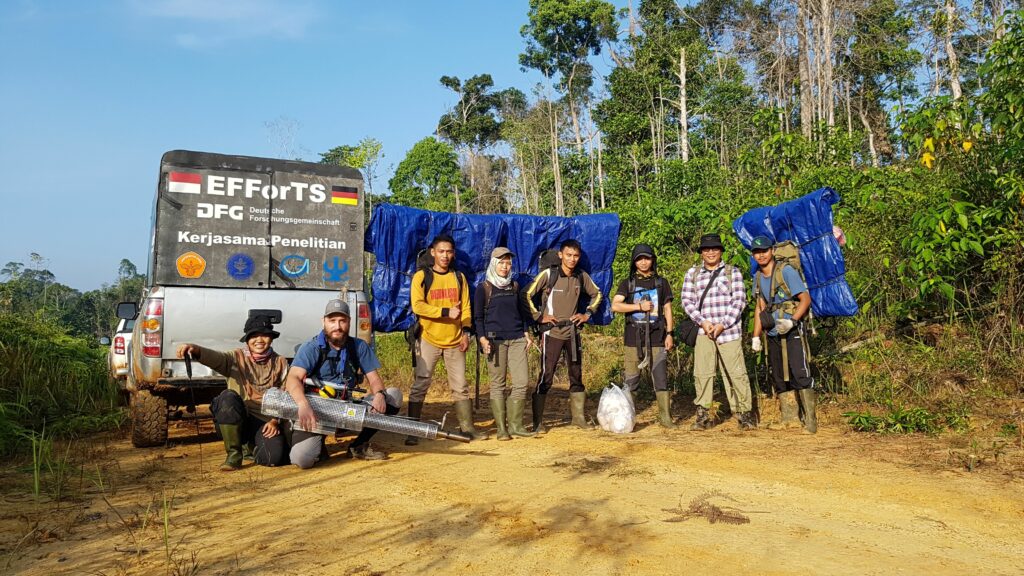
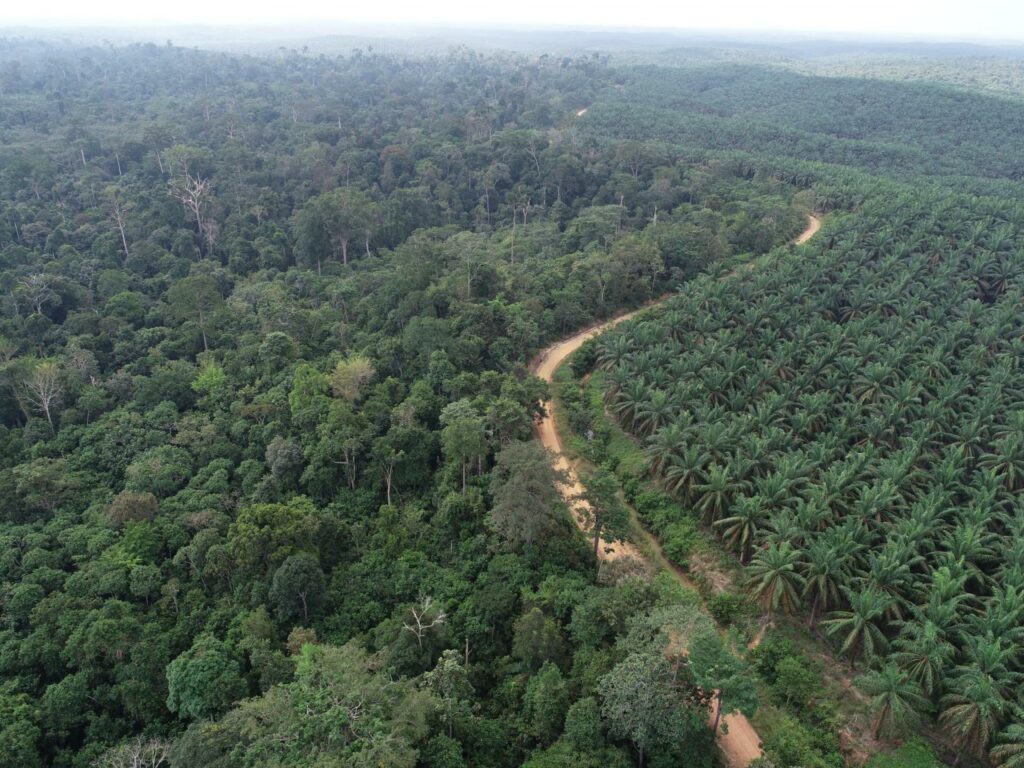
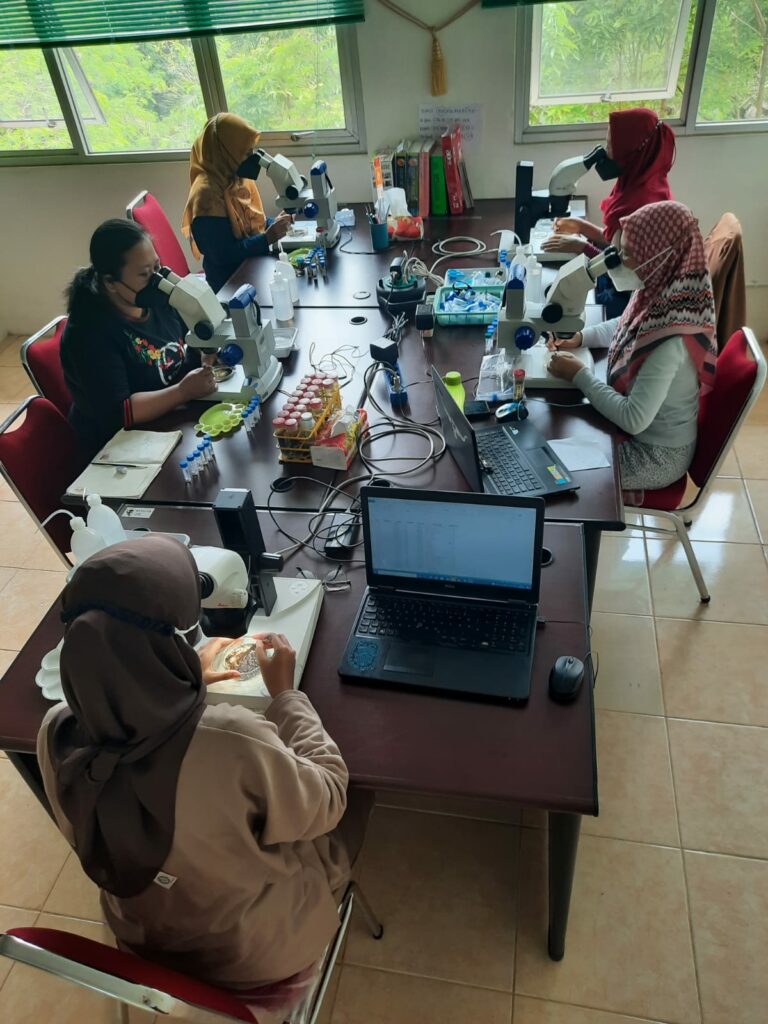


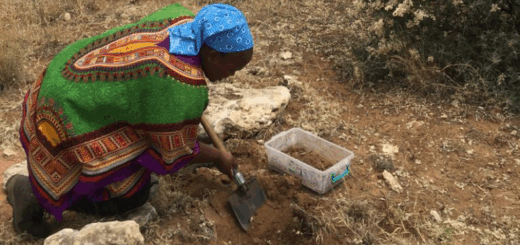
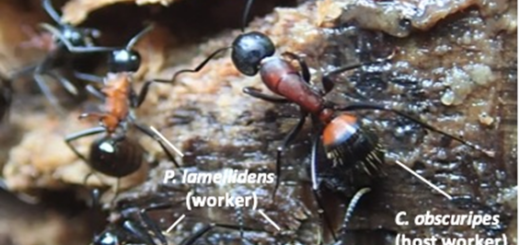

That Overbeckia-study is really very remarkably and more need to be done. GREAT STUDY!!!